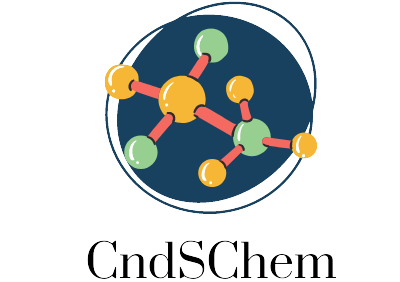Introduction:
Mephedrone, a synthetic cathinone derivative, has emerged as a prominent psychoactive substance with widespread recreational use. This article navigates through the synthesis pathways of mephedrone, exploring the chemical principles, synthetic strategies, and societal implications surrounding its production and distribution.
Understanding Synthetic Pathways:
The synthesis of mephedrone involves intricate chemical transformations, typically starting from precursor compounds such as 4-methylpropiophenone and methylamine. Various synthetic routes have been explored, each with its advantages and challenges. Common methods include reductive amination, condensation reactions, and catalytic hydrogenation, all aimed at efficiently converting precursor materials into mephedrone.
Chemical Properties and Analytical Techniques:
Mephedrone exhibits a unique combination of chemical properties, including solubility, stability, and reactivity, which influence its synthesis and detection. Analytical techniques such as gas chromatography-mass spectrometry (GC-MS), liquid chromatography-mass spectrometry (LC-MS), and nuclear magnetic resonance (NMR) spectroscopy are instrumental in identifying and quantifying mephedrone in illicit drug samples, facilitating law enforcement efforts and forensic investigations.
Pharmacological Effects and Health Risks:
The pharmacological effects of mephedrone stem from its ability to enhance dopamine and serotonin neurotransmission in the brain, leading to euphoria, increased energy, and heightened sensory perception. However, mephedrone use is associated with various health risks, including cardiovascular complications, psychological disturbances, and addiction. Public health interventions, including education campaigns and access to treatment, are essential for mitigating these risks and promoting safer drug use practices.
Regulatory Challenges and Illicit Markets:
Despite regulatory efforts to control its availability, mephedrone continues to proliferate in illicit drug markets, often sold under street names like “bath salts” or “legal highs.” Regulatory responses, including legislative bans and international cooperation, aim to disrupt the production and distribution of mephedrone and related cathinone derivatives. However, the clandestine nature of drug production and the adaptability of illicit markets pose ongoing challenges for law enforcement and regulatory agencies.
Conclusion:
In conclusion, the synthesis of mephedrone underscores the complex interplay between chemistry, pharmacology, and societal factors. By understanding its synthetic pathways, pharmacological effects, and regulatory challenges, researchers and policymakers can develop comprehensive strategies to address the harms associated with mephedrone use and promote public health and safety.
Here you can read more about synthesis mephedrone.

